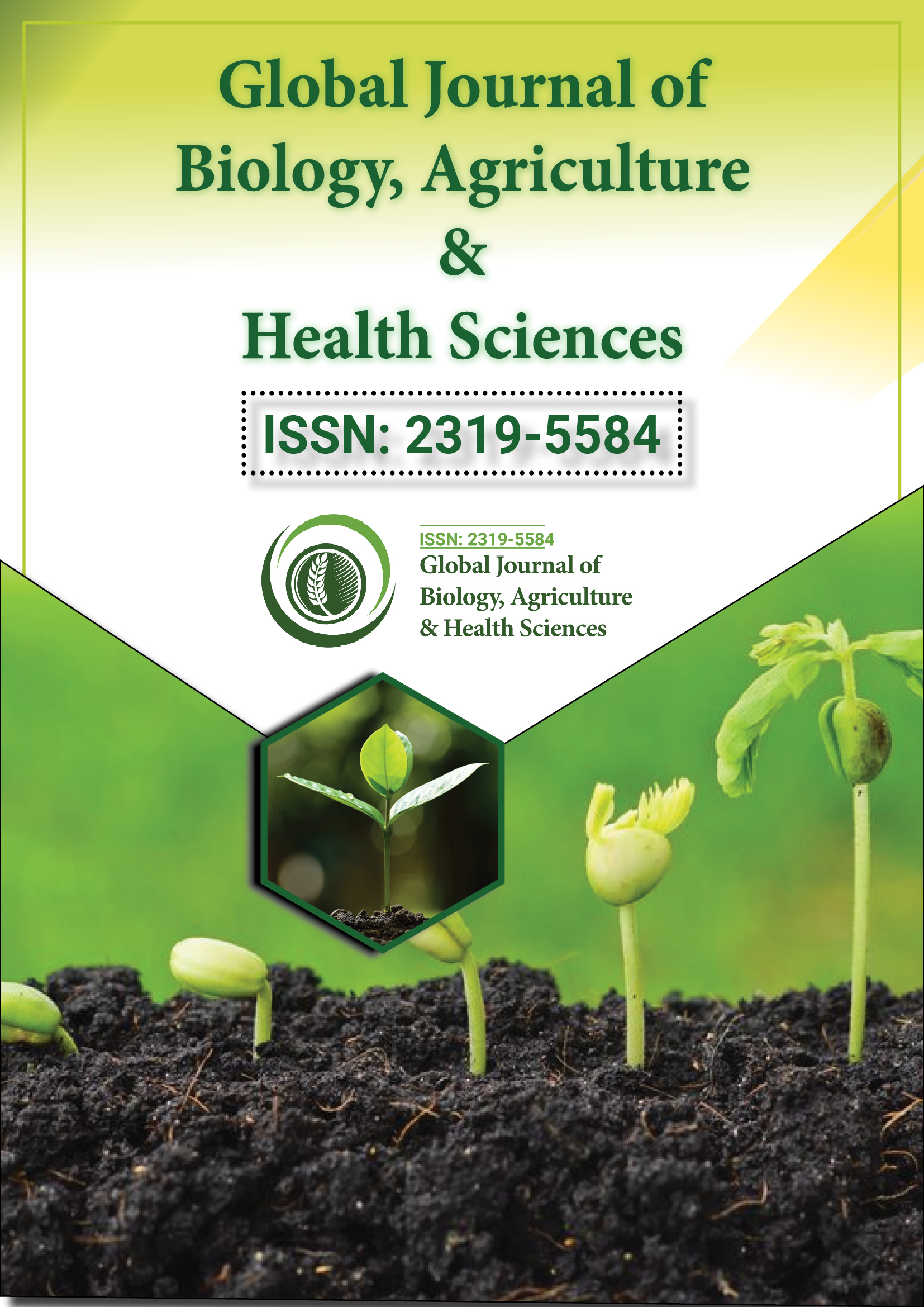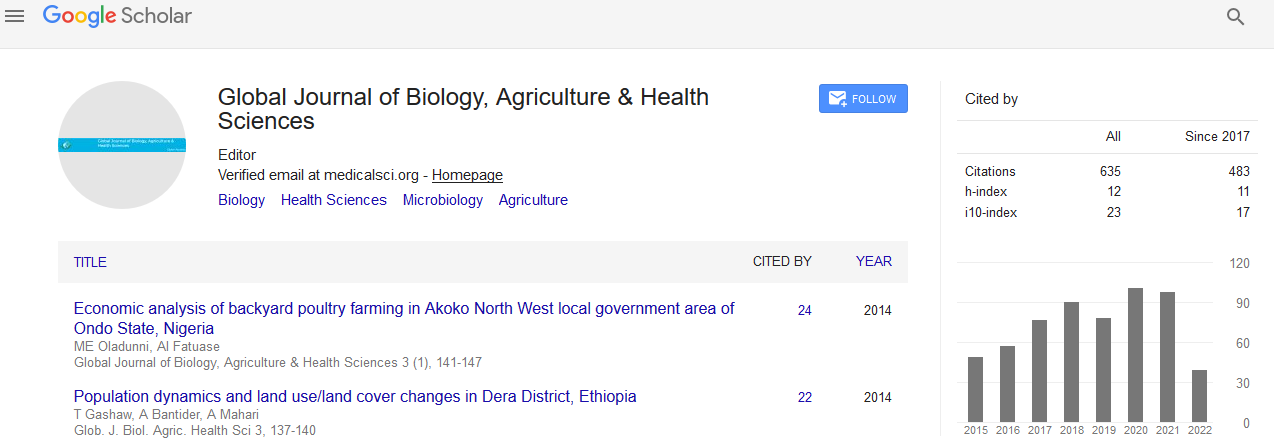Indexed In
- Euro Pub
- Google Scholar
Useful Links
Share This Page
Journal Flyer

Open Access Journals
- Agri and Aquaculture
- Biochemistry
- Bioinformatics & Systems Biology
- Business & Management
- Chemistry
- Clinical Sciences
- Engineering
- Food & Nutrition
- General Science
- Genetics & Molecular Biology
- Immunology & Microbiology
- Medical Sciences
- Neuroscience & Psychology
- Nursing & Health Care
- Pharmaceutical Sciences
Abstract
The Vulnerability of Communities to Climate Change Induced Water Scarcity in Ethiopia and Kenya: A Systematic Review
Climate change, as it is in many other parts of the world, is one of the many variables affecting the availability of water in Ethiopia and Kenya. Water scarcity problems are brought on by a lack of precipitation combined with a quick and persistent rise in temperature. The objective of this review paper is to examine how vulnerable communities in Ethiopia and Kenya are affected to water scarcity brought on by climate change, as well as how they can adapt. The analysis of 23 studies using systematic review methods identifies the characteristics of planned and spontaneous adaptations to water scarcity in Ethiopia and Kenya. Impacts of climate change were primarily caused by dry weather and uncertainty. According to empherical evidences, Ethiopia and Kenya are currently experiencing rising temperatures and fluctuating rainfall, and future forecasts point to an even worse situation. On a spatiotemporal basis, yet climate change varied, and in both countries, changes in the quantity and quality of water resources were among the effects that famed out. Population density, growing urbanization, and industrial are other factors that contribute to and exacerbate water scarcity in Ethiopia and Kenya. Nearly every economic sector in Ethiopia and Kenya has been impacted by the effects of climate change on water resources, including agriculture through unpredictable rainfall patterns, human health through water-borne illnesses during flooding, and trade through the destruction of road and telecommunication infrastructure. The degree of community susceptibility varies by nation, area, and geographic capabilities, with women and children being particularly vulnerable to climate change-related water scarcity that requires adaptation or mitigation. Building Ethiopia's and Kenya's resilience to the impacts of climate change on water resources necessitates a holistic strategy that integrates systems thinking and risk management techniques. The prevention of a water shortage depends on prompt action using science, technology, and innovation, rules governing water audit and management, and involvement of the private, public, and international sectors.
Published Date: 2025-02-18; Received Date: 2024-01-10

